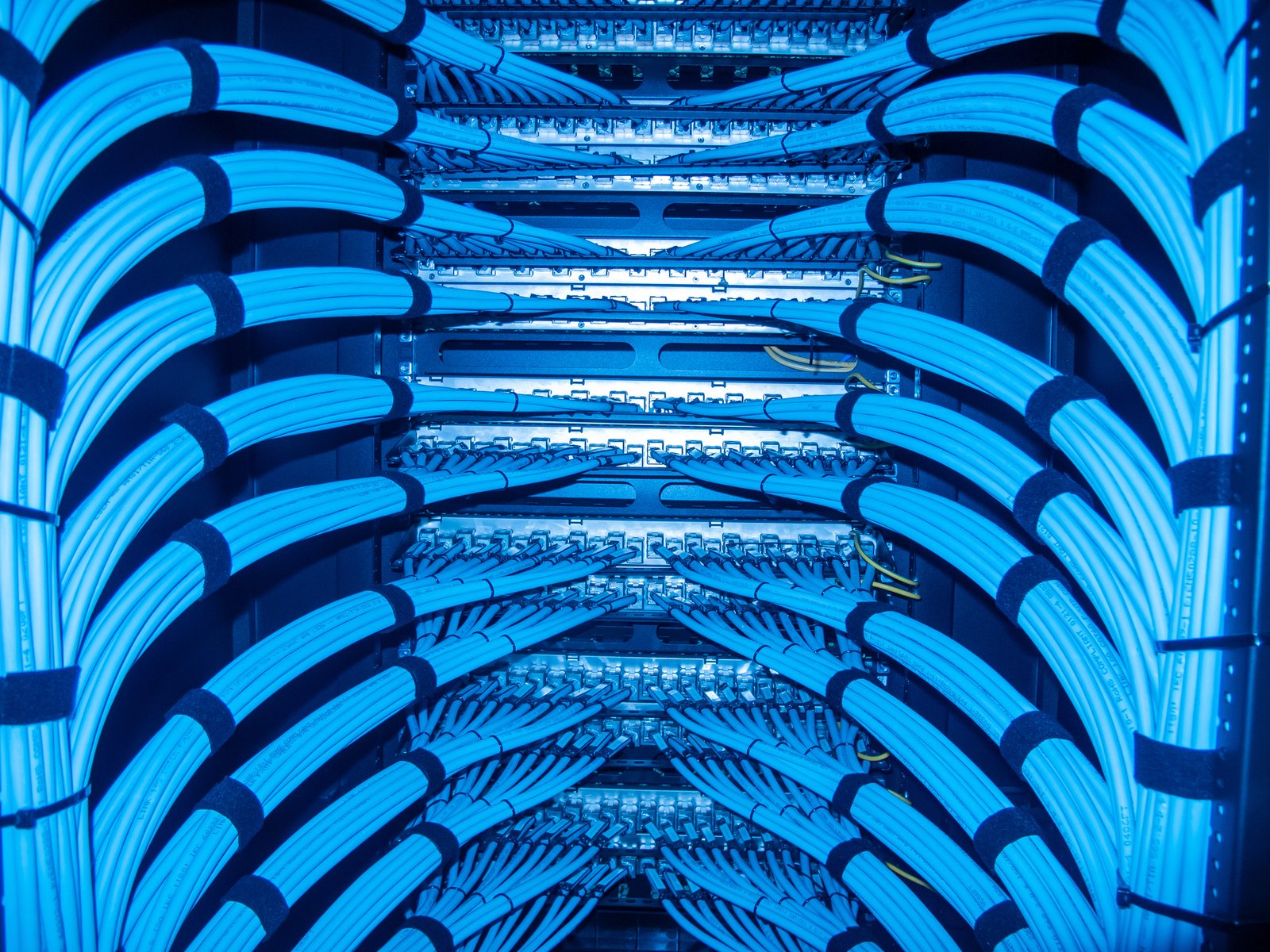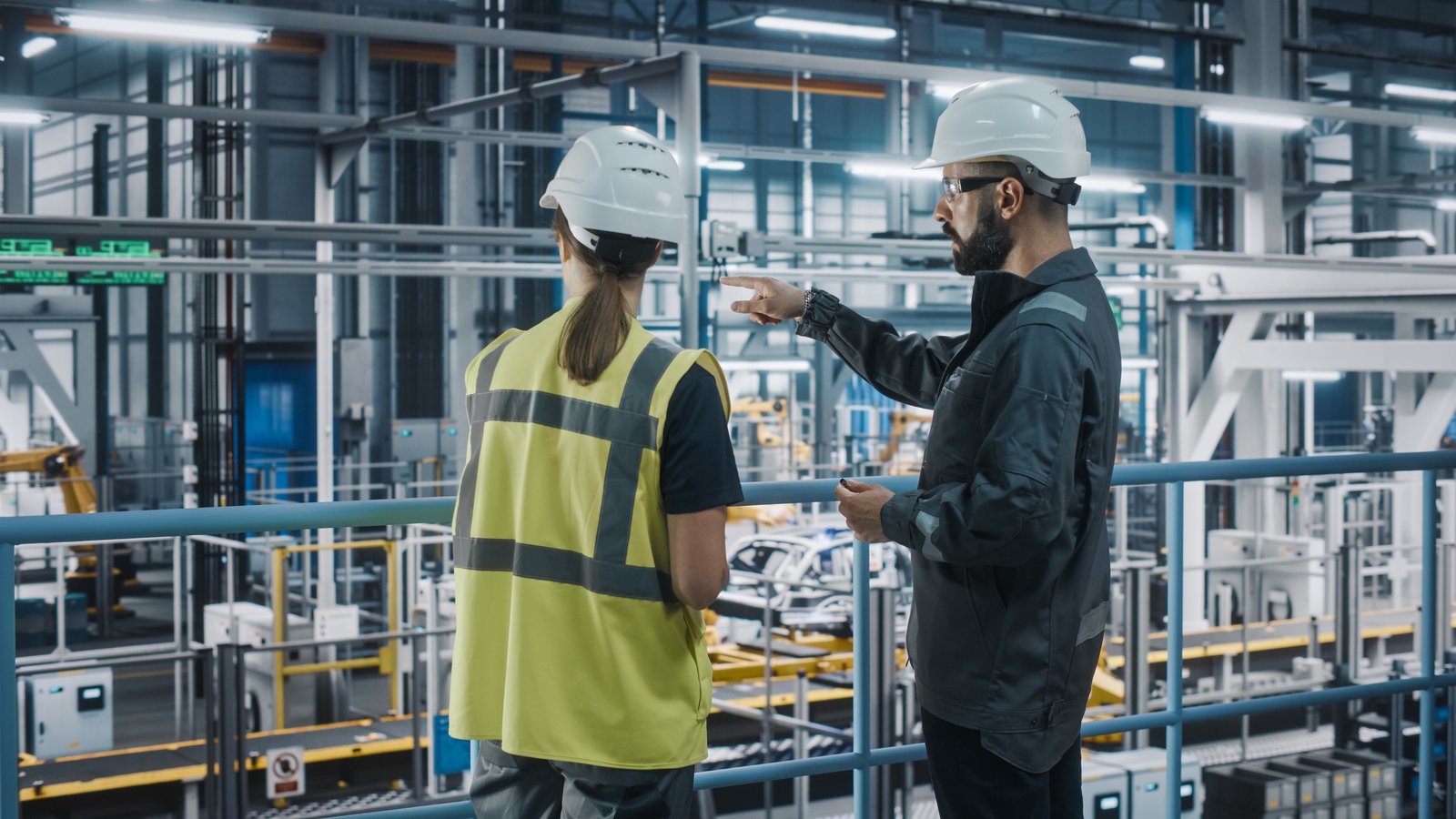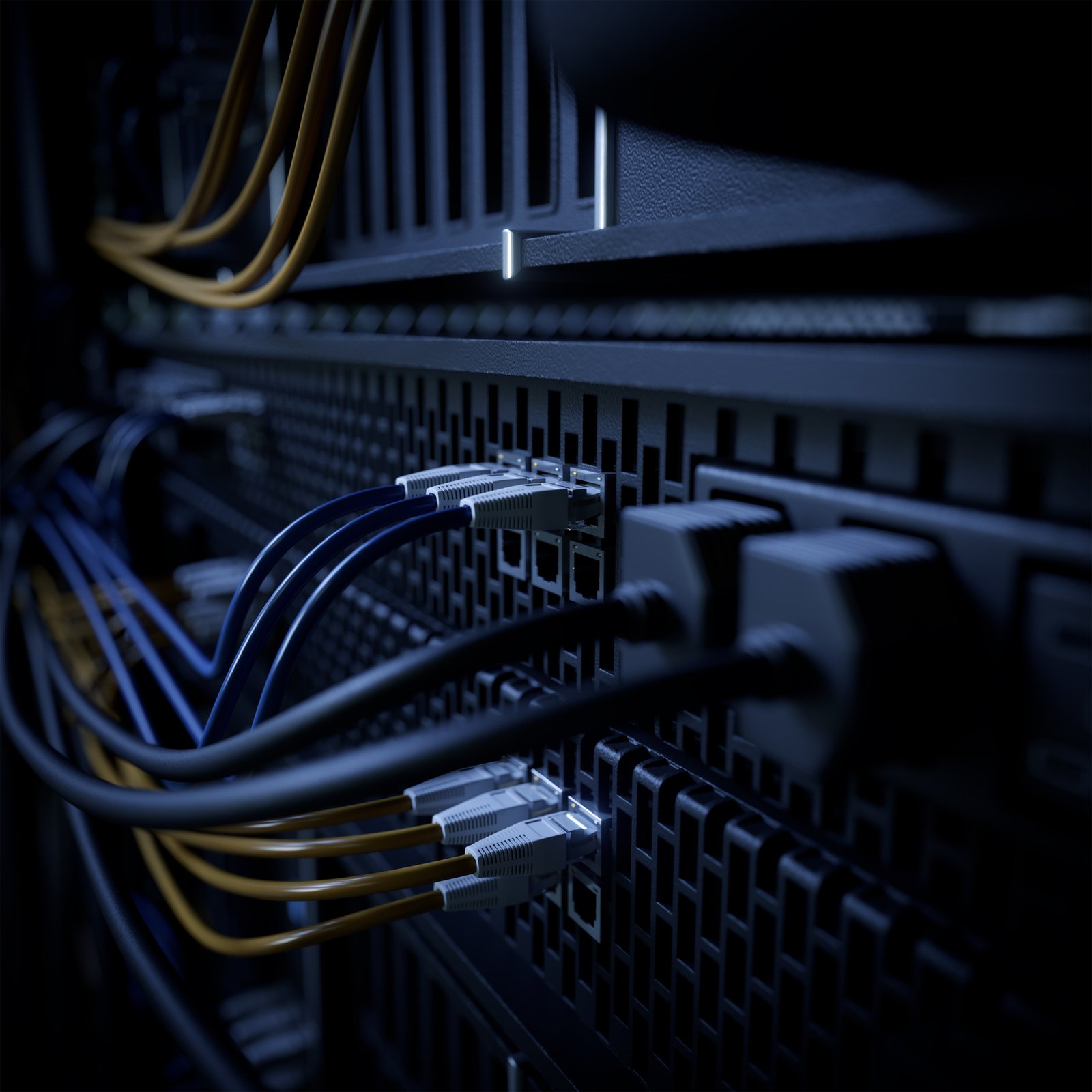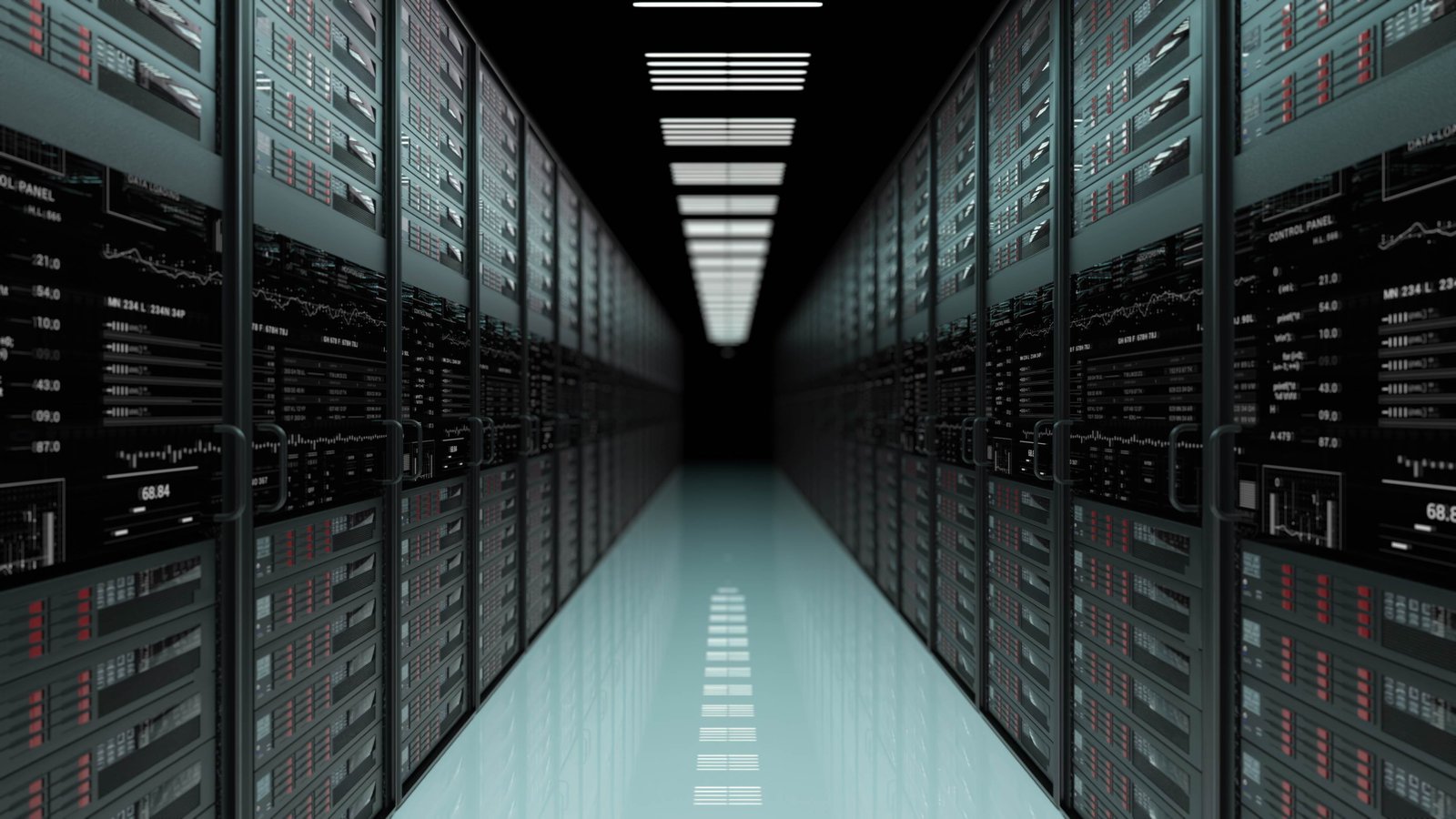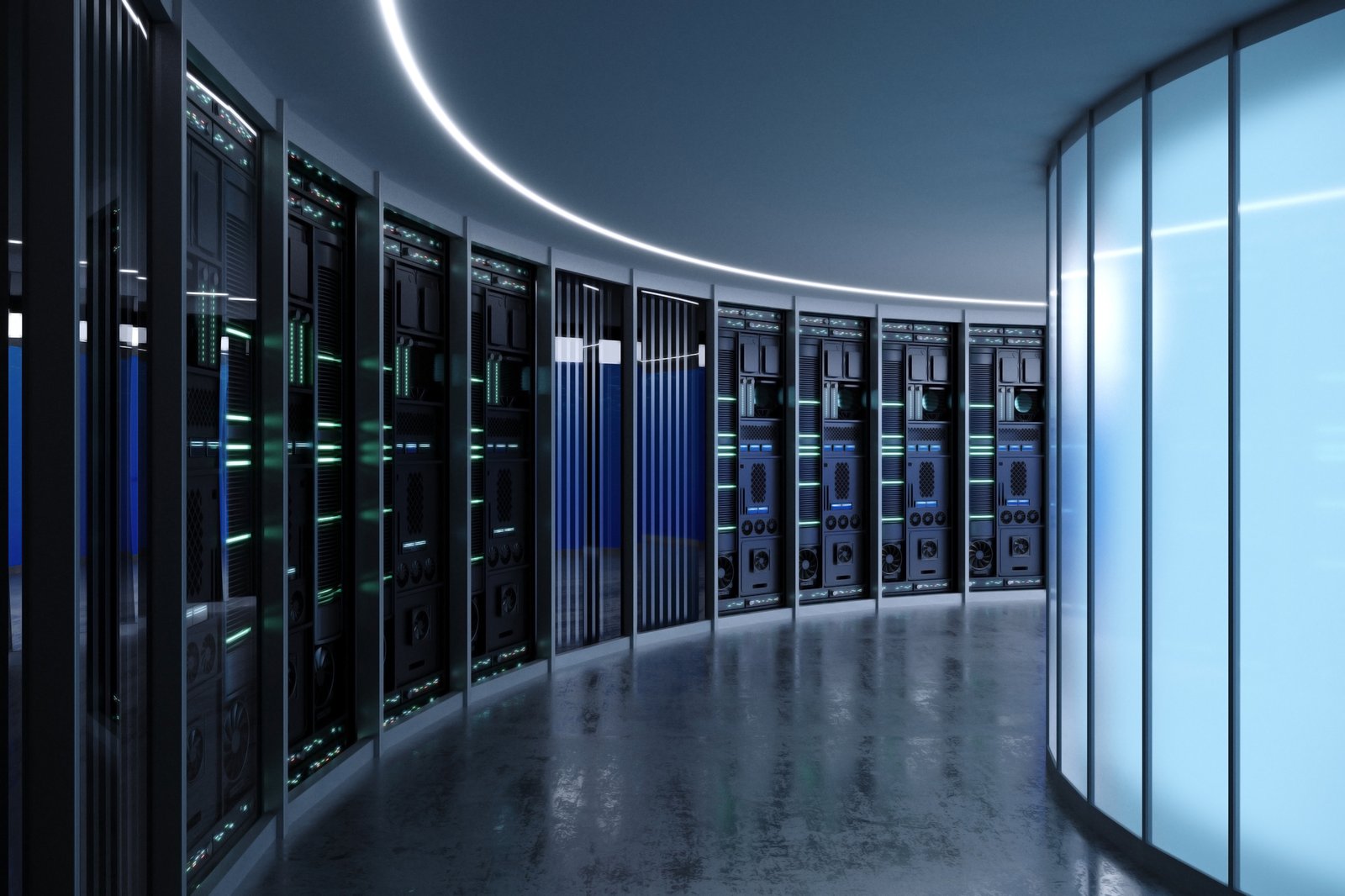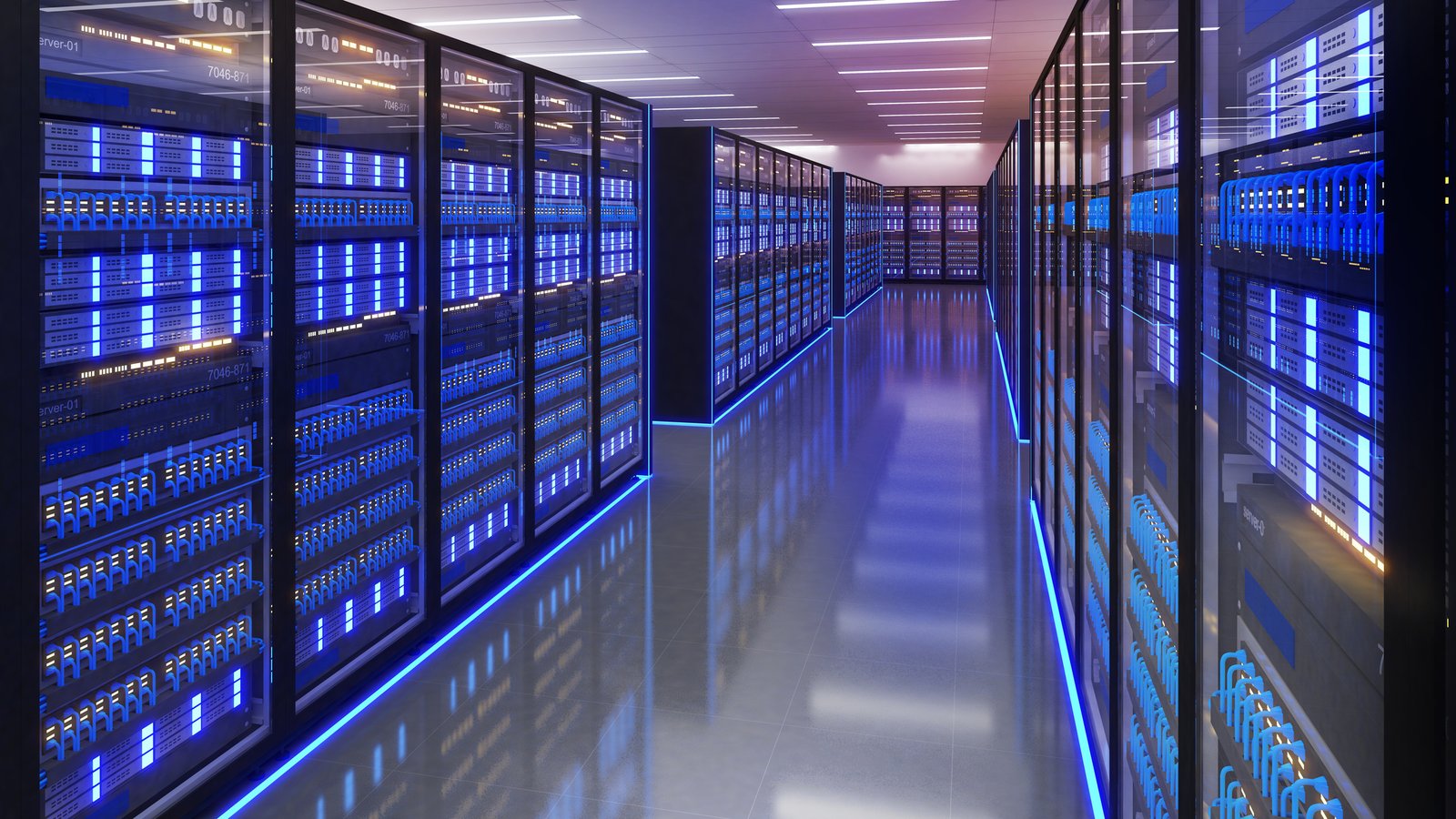Building scalable data center infrastructure has always been crucial for businesses to accommodate future growth and adapt to evolving technological demands.
For many data centers that future is now, as the explosive growth in artificial intelligence (AI) adoption over the past year has dramatically accelerated the demand for AI-ready data centers, underscoring the critical need for scalable data center infrastructure.
“Soaring demand for AI-ready data centers offers many opportunities for companies and investors across the value chain,” reported McKinsey & Company in October 2024. “How quickly they grasp them could determine the pace at which AI is deployed.”
Surge in AI Workloads Illustrates Need for Scalability
McKinsey estimates that global demand for data center capacity could rise at an annual rate of between 19 and 22 percent through 2030 with “a big chunk of growing demand is for data centers equipped to host advanced-AI workloads. And the nature of those workloads is rapidly transforming where and how data centers are being designed and operated.”
This surge in demand serves as a compelling case study for why organizations must prioritize scalability in their data center strategies.
At Hexatronic Data Center, we design highly reliable, end-to-end solutions that not only keep your company operational today, but lays the foundation for your future by placing a premium on scalability and next-generation technology.
|
Category |
Checklist Item |
|
Design Considerations |
☐ Implement modular architecture |
|
☐ Plan for flexible power distribution |
|
|
☐ Design scalable cooling systems |
|
|
☐ Develop high-speed network interconnects |
|
|
☐ Create adaptable network topologies |
|
|
Infrastructure Components |
☐ Deploy scalable servers |
|
☐ Implement virtualization technologies |
|
|
☐ Set up distributed storage systems |
|
|
☐ Install tiered storage solutions |
|
|
☐ Invest in scalable networking equipment |
|
|
☐ Consider software-defined networking (SDN) |
|
|
Operational Strategies |
☐ Establish regular capacity planning processes |
|
☐ Implement data center infrastructure management (DCIM) tools |
|
|
☐ Adopt Infrastructure as Code (IaC) practices |
|
|
☐ Set up containerization platforms (e.g., Docker, Kubernetes) |
|
|
☐ Deploy comprehensive performance monitoring systems |
|
|
☐ Utilize predictive analytics for capacity planning |
|
|
Future-Proofing Measures |
☐ Incorporate energy-efficient designs |
|
☐ Plan for renewable energy integration |
|
|
☐ Prepare for AI and machine learning workloads |
|
|
☐ Consider edge computing implications |
|
|
☐ Ensure scalable security measures |
|
|
☐ Plan for evolving compliance requirements |
|
|
Regular Review and Adaptation |
☐ Schedule periodic infrastructure assessments |
|
☐ Stay informed about emerging technologies |
|
|
☐ Continuously optimize for efficiency and performance |
Let’s take a closer look at each category on our essential checklist.
Design Considerations
Data center design has evolved significantly in a short period of time.
“Data centers have seen steady changes and improvements over the past decade, gradually getting bigger, housing more power-hungry, high-density servers, and operating more efficiently and sustainably,” said McKinsey.
The compute demands of AI workloads have become a primary design focus of data centers with attention to location, especially in terms of nearby power infrastructure, as well as the design of mechanical and electrical systems.
“AI servers consume so much energy that they get hot—so much so that air-based cooling systems, which circulate cold air around them, often can’t keep up,” says McKinsey. “AI workloads call for larger power distribution units to cope with higher power densities, leading many data center operators to install larger switchgear and floor-mounted power distribution units.”
Design considerations should include:
- Modular Architecture
- Implement a modular design approach to allow for easy expansion.
- Use prefabricated modular data centers (PFMs) for quick deployment of additional capacity.
- Flexible Power and Cooling
- Design power distribution units (PDUs) and cooling systems to accommodate increased demands.o
- Implement energy-efficient cooling technologies like hot aisle/cold aisle containment.
- Scalable Networking
- Plan for high-speed interconnects to link data centers.
- Design network topologies with scalability in mind.
- Implement load-balancing strategies for optimal traffic distribution.
Infrastructure Components
Data Center Frontier said in January that “the future roadmap for data center generative AI architecture advancements in 2025 is founded on significant breakthroughs in 2024 for GPUs and CPU chips, connectivity and rack architectures.”
The publication says anticipated progress includes:
- GPU and CPU Innovations: GPUs, such as NVIDIA’s Blackwell GPU architecture, are designed to support trillion-parameter-scale AI models, offering improved efficiency and scalability.
- Connectivity Enhancements and High-Bandwidth Networking: Increasing demand for AI workloads necessitates advancements in high-bandwidth data centers networking with priority given to faster data transfer rates and reduced latency.
- Advancement of AI Rack Architectures: Modular AI rack designs will allow data centers to scale their AP capabilities efficiently. Design flexibility will be crucial to allow compute and storage resources to meet varying AI workload demands.
Infrastructure components for scalability include:
- Compute Resources
- Deploy scalable servers.
- Utilize virtualization technologies for flexible resource allocation.
- Storage Solution:
-
Implement distributed storage systems and scalable file systems.
- Use tiered storage to balance availability, performance, and cost
-
- Networking Equipment
- Invest in scalable networking components that can handle increased bandwidth requirements
- Consider software-defined networking (SDN) for greater flexibility.
Operational Strategies
Operational strategies, such as data center infrastructure management (DCIM), play a crucial role in optimizing data center performance and cost, as well as scalability.
Without robust operational strategies, attempts to scale often lead to increased downtime, poor performance, and inefficient resource utilization.
The operational approach determines whether a data center can scale linearly (where costs increase proportionally with capacity) or achieve economies of scale (where per-unit costs decrease as capacity increases).
Operational strategies include:
- Capacity Planning
- Regularly assess current and future workload requirements
- Use data center infrastructure management (DCIM) tools for better visibility and decision-making.
- Automation and Orchestration
- Leverage Infrastructure as Code (IaC) for consistent and scalable deployments.
- Implement containerization platforms like Docker and Kubernetes for efficient resource management.
- Performance Monitoring
- Deploy comprehensive monitoring systems to track resource utilization and identify bottlenecks
- Use predictive analytics to anticipate future capacity needs.
- Use predictive analytics to anticipate future capacity needs.
Future-Proofing Considerations
Future-proofing your data center is a delicate balance between being prepared for emerging technologies while keeping sustainability, compliance and security in mind.
Your future-proofing checklist should include:
- Energy Efficiency
- Incorporate green data center designs and renewable energy sources.
- Focus on improving Power Usage Effectiveness (PUE) metrics.
- Emerging Technologies
- Plan for the integration of AI and machine learning workloads.
- Consider the potential impact of edge computing on your infrastructure.
- Compliance and Security
- Ensure scalability of security measures, including physical and cyber security.
- Plan for evolving compliance requirements and data sovereignty laws.
Regular Review and Adaptation
The regular review and adaptation section of the checklist is crucial for ensuring that your data center infrastructure remains efficient, up-to-date, and aligned with evolving business needs:
- Schedule Periodic Infrastructure Assessments
- Evaluate the current state of your physical infrastructure, power systems, and cooling efficiency.
- ID security vulnerabilities and compliance concerns.
- Pinpoint opportunities for performance optimization.
- Stay Informed about Emerging Technologies
- Keep abreast of trends such as AI and machine learning in data management.
- Understand the potential impact of technologies like IoT and edge computing.
- Continuously Optimize for Efficiency and Performance
- Implement advanced monitoring tools to track and analyze resource usage, energy consumption, hardware performance, and space utilization.
- Adjust capacity planning based on actual performance data and organizational goals.
By following the comprehensive checklist outlined in this blog, organizations can position themselves to meet current needs while preparing for future growth and technological advancements.
From design considerations and infrastructure components to operational strategies and future-proofing measures, each aspect of the checklist plays a role in creating a robust and adaptable data center ecosystem.
As we dive deeper into an AI-driven future, those who prioritize scalability and adaptability in their data center strategies will be best positioned to thrive in an increasingly data-intensive world.
Building a scalable data center infrastructure for future growth is not an academic exercise, but a real-world need that is being put to the test today, not tomorrow.
Hexatronic Data Center provides essential services and solutions for your data center from the design phase to the up-and-running facility.
Contact us today for complete fiber connectivity system solutions and advanced services for today’s evolving data center market that can help your business and community grow and thrive together.


